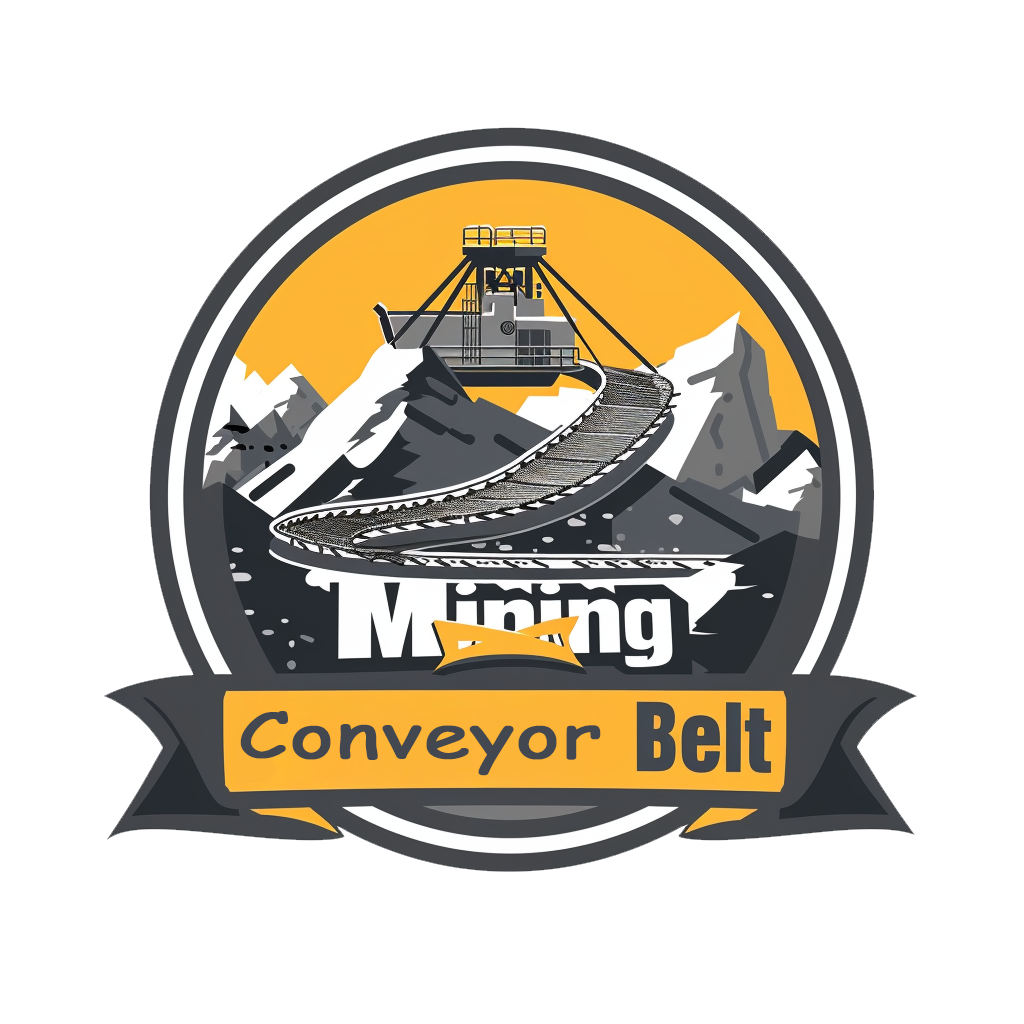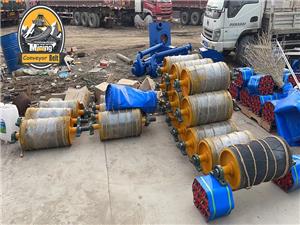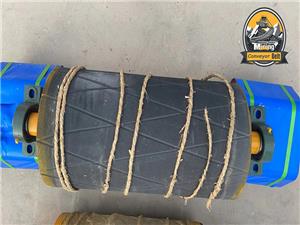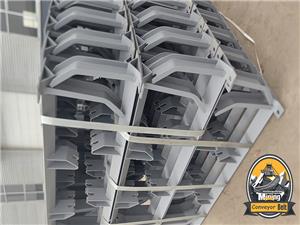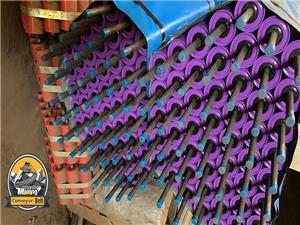Advantages and maintenance methods of skirt baffle conveyor belts
Skirt baffle conveyor belts are often used to convey some powdery and granular items. They can also be used as climbing conveyor belts, with a maximum height of 90 degrees vertical. What are the other advantages of using skirt baffle belts?
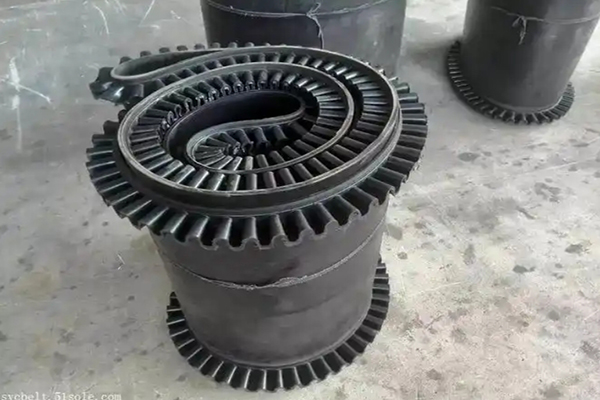
Advantages of skirt baffle conveyor belts:
1. Skirt baffle conveyor belts increase the conveying angle (30~90 degrees), and ordinary conveyor belts are only suitable for flat conveying. Patterned conveyor belts can be normally conveyed within 30 degrees. However, if the slope is too large, a skirt conveyor belt is required.
2. Compared with other products, skirt baffle conveyor belts can be folded and installed better.
3. Skirt baffle conveyor belts have large conveying capacity and higher lifting height. The use of skirt baffle conveyor belts can greatly increase the number of conveyed products, improve work efficiency, and increase uphill conveying capacity.
4. Skirt conveyor belts can easily handle both flat and climbing conveying.
5. Skirt baffle conveyor belt is suitable for conveying powder, granular, small pieces, paste and liquid materials that are easy to scatter;
6. Baffle conveyor belt is cheap, simple in structure, high in belt strength and long in service life.
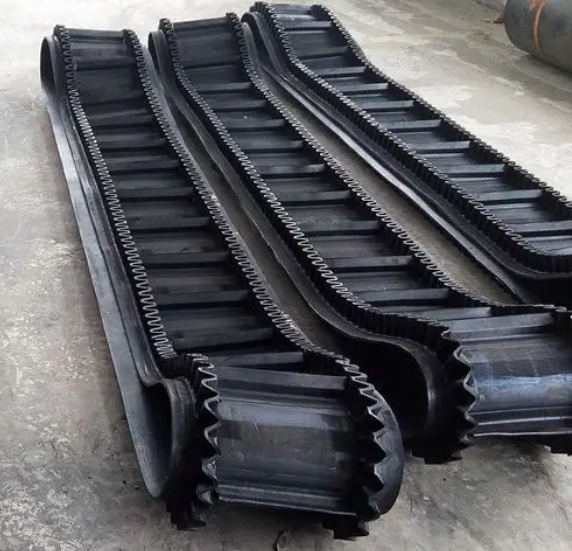
Maintenance method of skirt baffle conveyor belt: The conveyor belt should be kept clean during transportation and storage, avoid direct sunlight or rain and snow, prevent contact with acid, alkali, oil, organic solvent and other substances, and keep away from heating device by 1 meter. During storage, the warehouse temperature should be maintained at 18-40℃ and the relative humidity should be maintained at 50-80%. During storage, the conveyor belt should be placed in rolls and should not be folded. During storage, the conveyor belt should be turned over once every quarter. Different types and specifications of skirt baffle conveyor belt layers should not be used together, and the seams are best glued. The running speed of the conveyor belt is generally not more than 2.5 m/s. Try to use large pieces and materials with large wear and tear and use fixed unloading devices to run at low speed.
